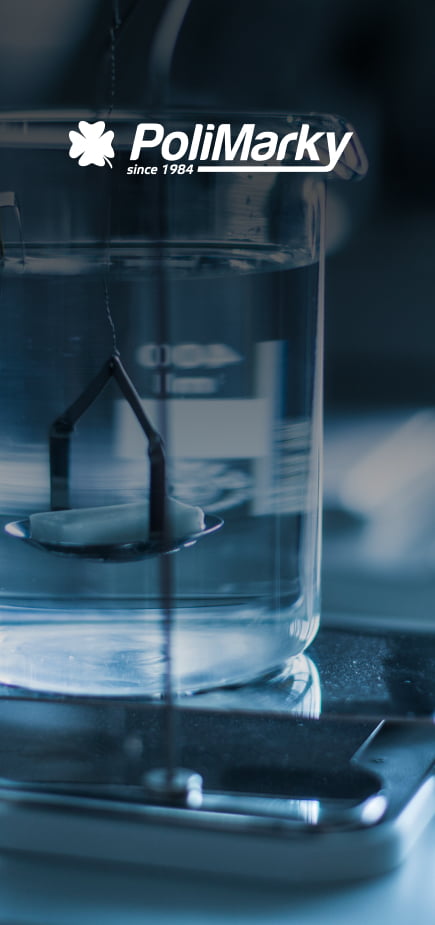When plastics and water appear in the same sentence, most people think of floating islands of plastic waste in the oceans. Perhaps images of soaked, improperly stored granules come to mind. However, we want to tell the story of our production facility in Zaczernie, inaugurated in 2020, and the solutions that have helped us achieve greater efficiency while reducing resource consumption.
It must be clearly stated that finding precise data on water consumption in plastics processing and production is a complex challenge. There are no universal standards regulating it, and the figures vary significantly across different processing derivatives—recycling differs from compounding, and so on. Some articles estimate that water usage in our sector is extremely high, but they often lack reliable data. Water consumption in factories and businesses varies based on several factors, including machinery, technology, and expertise. As a result, specific figures should be viewed with caution. One thing is certain: Plastic processing requires water for its technological processes and consumes it substantially. However, there are strategies available to minimize this usage. Before we explore them, let’s consider the “costs” associated with water consumption.
Water in Plastics Processing
Water in recycling is used for washing waste. In many areas of plastics processing, it is also used for cooling. When water comes into contact with plastic, it may contain microplastics, which processors are required to filter out through on-site wastewater treatment systems. Maintaining these systems is a considerable expense. Additionally, the process of water replacement entails potential production downtimes and municipal fees.
A common solution is to cool and partially purify water, enabling a closed-loop system. However, when in contact with hot plastics, water evaporates, necessitating replenishment. This also incurs costs, albeit significantly lower.
A New Facility – New Opportunities
At Polimarky, we have extensive experience in designing high-efficiency, environmentally friendly production lines. In 2000, we obtained the ISO 14001 certification, which imposes systematic environmental responsibilities on us. You could say we were well-prepared for the challenge we faced between 2019 and 2020 when we designed and built our newest facility in Zaczernie, near Rzeszów.
In our vision, we emphasize the importance of resource conservation. Environmental responsibility, alongside growth, is one of our core values. Naturally, our priorities in designing the Zaczernie plant were:
- Energy efficiency
- High performance
- Responsible resource management
But we didn’t stop there…

Heat from Rain
The most common byproduct of machinery is heat, and extruders are no exception. They must heat plastic, and cooling them with water results in evaporation. We recognized an opportunity for savings in this area. Through heat recovery, we capture heat from machines and water vapor, which is then used for central heating. Additionally, a heat exchanger warms the water in our sinks, reducing the need for electricity or gas heating. Only after serving these functions are the warm air and steam released outside the building.
Water losses from evaporation require replenishment with fresh water. To minimize our environmental impact, we decided to install a rainwater collection system. After purification, rainwater compensates for the technological water lost through evaporation.
Eco-Friendly Means Cost-Effective
In recent years, we have further increased our efficiency. Both of our facilities are equipped with photovoltaic systems, partially reducing our reliance on conventionally produced electricity. Water savings and heat recovery additionally decrease our energy demand.
Our Zaczernie facility is proof that environmentally friendly solutions don’t have to be expensive, complicated, or difficult to implement. Thanks to technological advancements and the expertise of our team, solutions that reduce natural resource consumption also contribute to economic efficiency. Many of these practices can be applied across other industries as well.
Perhaps the most encouraging fact is that whether you prioritize economic efficiency or ecological sustainability in your business, the technology available today can help you achieve both goals.


